
Technology
VitaLight™ UVC Technology
Unlike competitors which use toxic chemicals or mercury infused UV-lights, VitaLight™ uses innovative optimal wavelength UVC LED technology that is human-safe and environmentally-friendly.
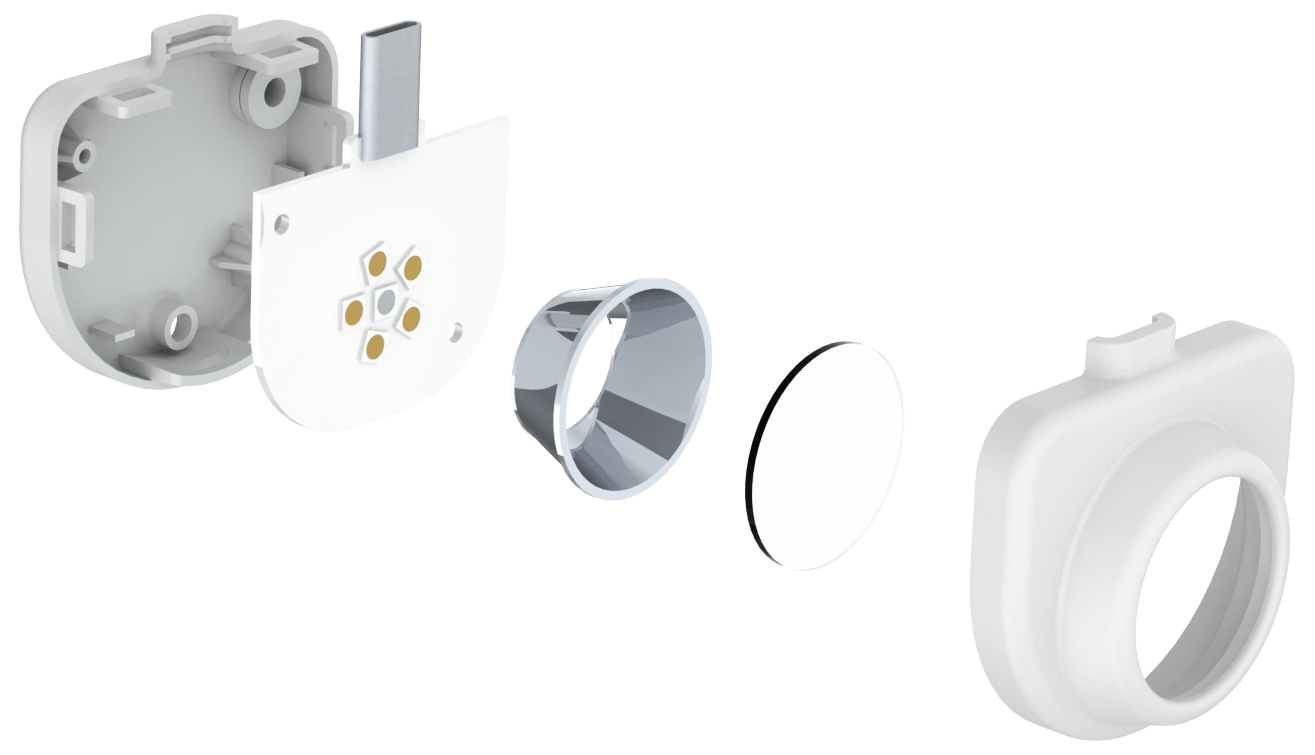
The VitaLight Difference
| Type of Light | Wavelength | Reduction % | Disinfection Time | Contains Mercury | Glass Bulb | Emits Toxic Ozone | Emits Odor & Heat |
|---|---|---|---|---|---|---|---|
 UVC LED UVC LED
| 270 | Up to 99.9% | 15 seconds or more | No | No | No | No |
| Traditional UVC Lamps | 180~254 | Up to 99.9% | 5 minutes or more | Yes | Yes | Varies | Yes |
According to the EPA, the optimum wavelength to effectively inactivate microorganisms is in the range of 250 to 270nm
Ref: https://www3.epa.gov/npdes/pubs/uv.pdf
According to the EPA, the optimum wavelength to effectively inactivate microorganisms is in the range of 250 to 270nm*

Eliminates up to 99.9% of COVID-19 Virus (SARS-CoV-2)*
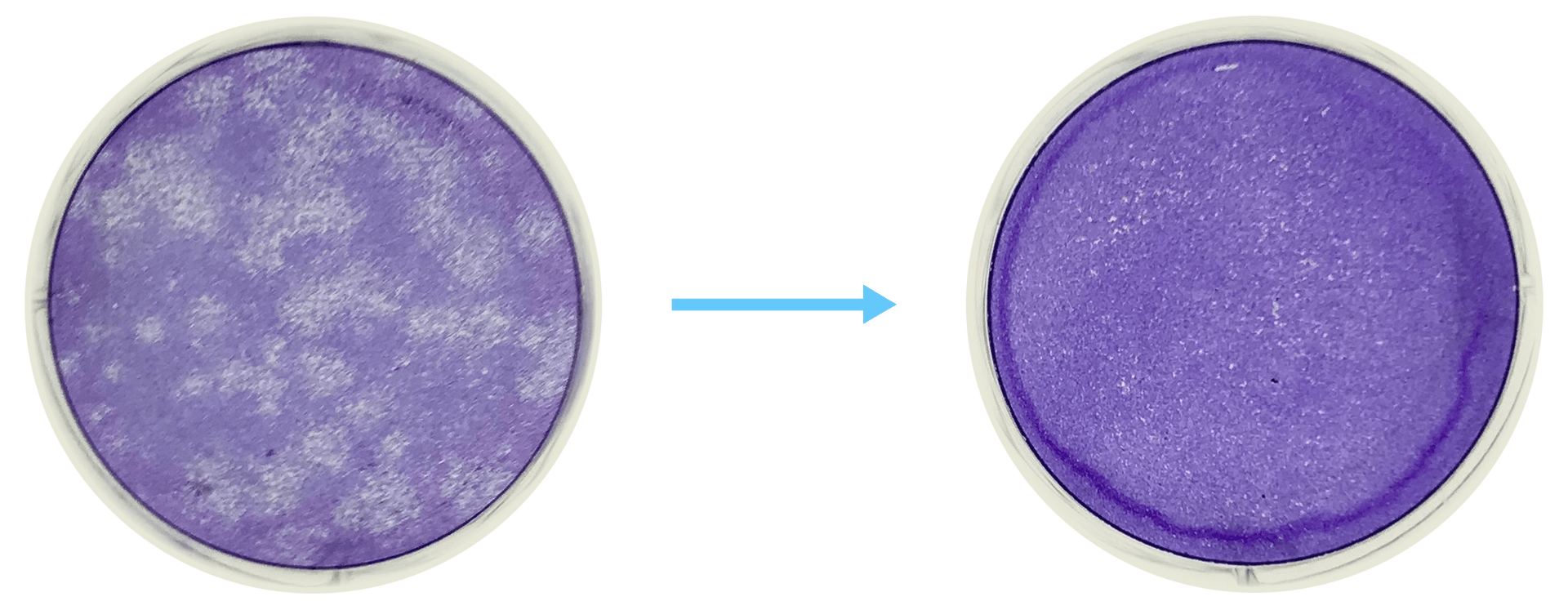
Using VitaLight™ UVC Sanitizer in a 3rd party laboratory.
Testing was performed at the CUBRC’s CDC-permitted Biosafety Level 3 facility located at the University of Buffalo. All work was performed in accordance with external regulatory requirements and following approved internal safety and technical protocols.

Up to 99.9% reduction of COVID-19 Virus (SARS-CoV-2)*
According to the CDC, causes COVID-19 which includes symptoms like fever, cough, shortness of breath, fatigue, etc.
Learn More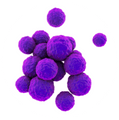
> 99.9% Reduction of Staph
According to the CDC, causes Staph Infections including Pneumonia, Sepsis, Bacteremia, Endocarditis (infection of the heart valves), and Osteomyelitis (bone infection).
Learn More
> 99.9% Reduction of E. Coli
According to the CDC, causes diarrhea, urinary tract infections, respiratory illness, pneumonia, and other illnesses.
Learn MoreCritical Things to Know About Surface Sanitization
Only certain types of UV lights are actually able to eliminate pathogens within a reasonable amount of time (UVC).
UV wavelengths less than 250 or higher than 270 of lights are not as effective.*
Regular glass or plastic lenses do not transmit the wavelengths that are effective. It must be special types of glass that allow transmission (must use special quartz glass).
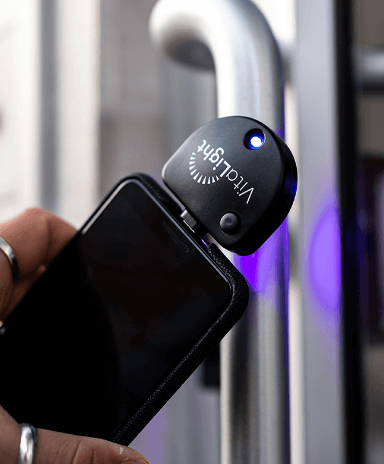
More light concentrated at the proper beam angle create more intensity (UVC dose) to become more effective and reduce the time necessary to sanitize.
Pathogen inactivation only occurs directly on the surface that the light touches for the recommended period of time.
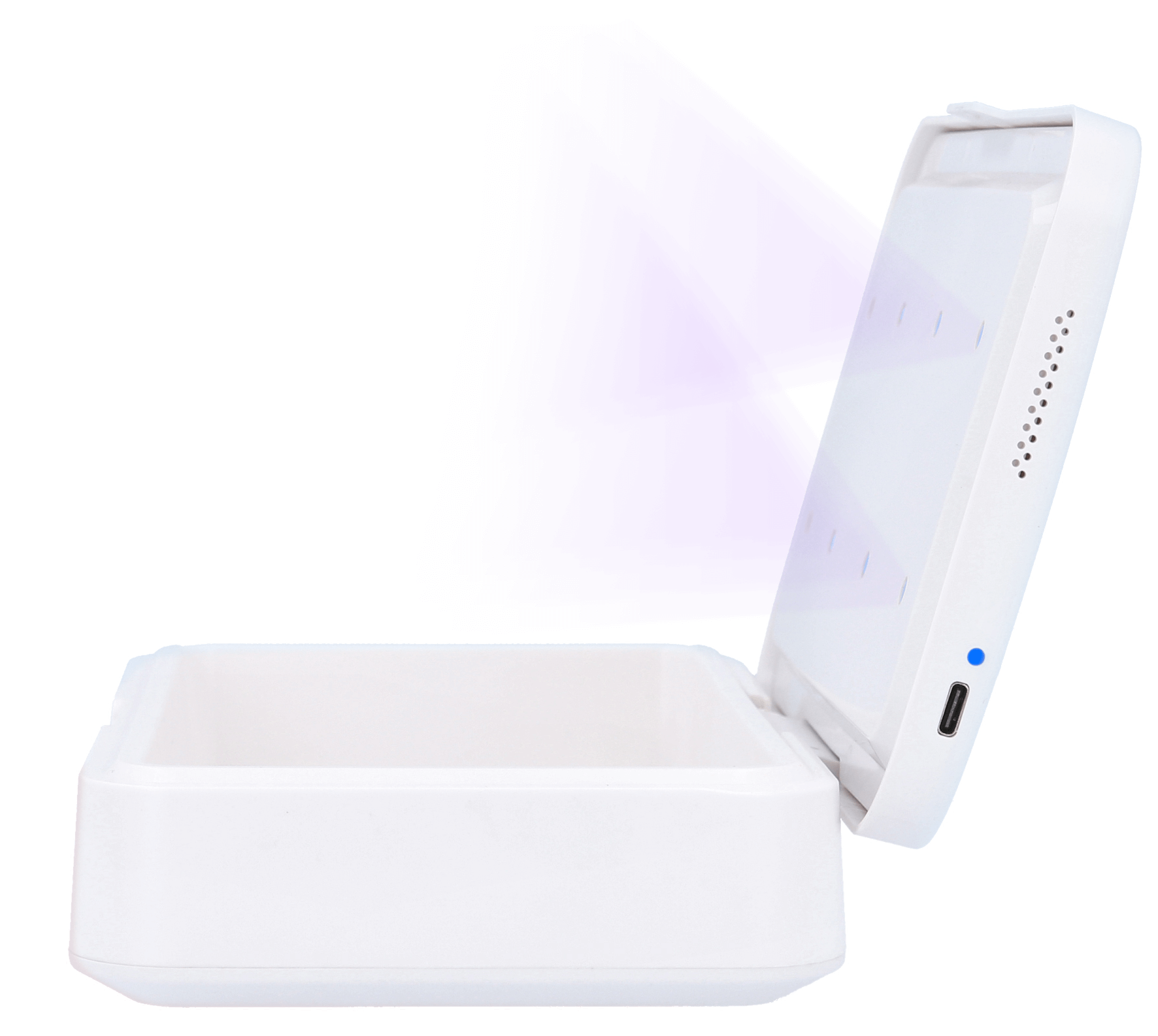
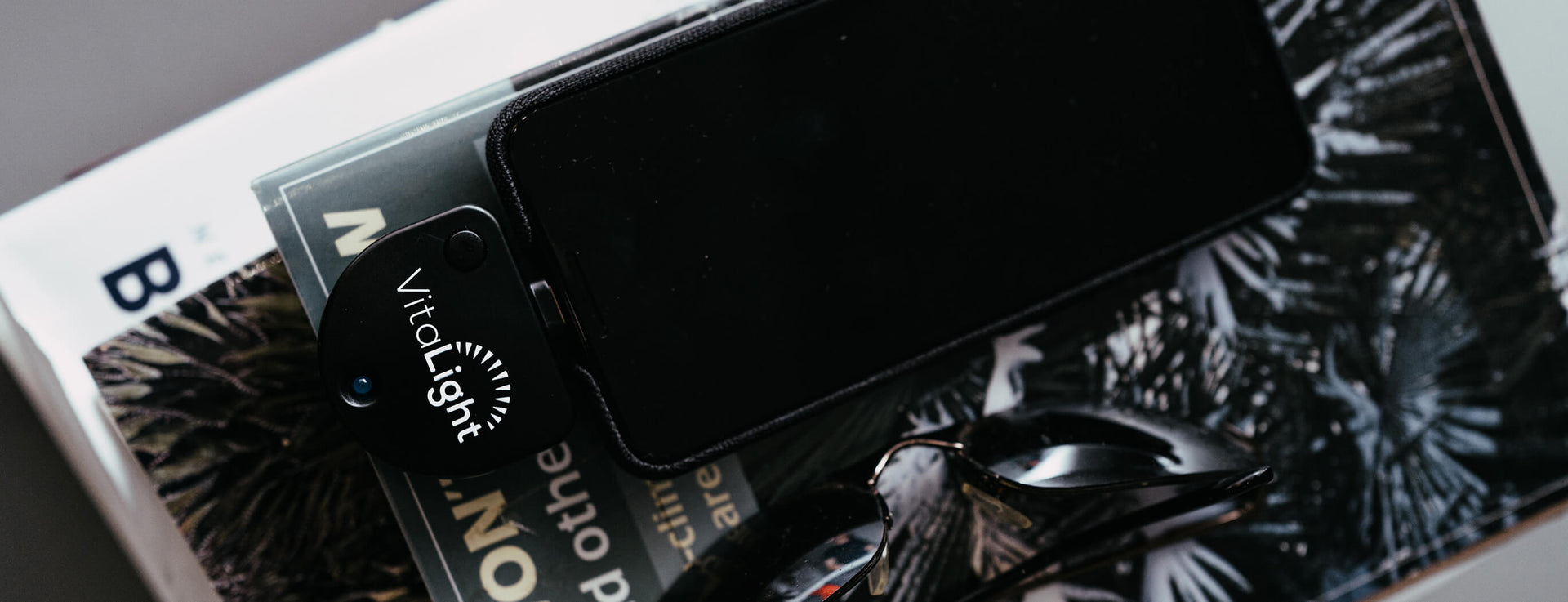
Don't Risk Your Health with Inferior Systems
Competitor Comparison
VitaLight™ GoWand™ is up to 100x more powerful than its competitor’s UVC Dose**
| Testing Distance | UVC Dose (cm/mj2) | Strength Level | |
|---|---|---|---|
 | 2/3" | .310 | 100% |
| Homedics | 2" | 0.36 | 11.6% |
| 59s | 1" | .020 | 6.4% |
| Medipop | 1" | .015 | 4.8% |
| Cleanlite | 0.5" | .003 | Less than 1% |
The VitaLight Difference
Sanitizing pathogens with UVC light uses proven and tested scientific processes. In this process, there are critically important elements to ensure removing these difficult pathogens is complete:

Exposure Time
Different light systems require different exposure times to eliminate pathogens on surfaces. VitaLight™ strives for the shortest effective time to allow you to move on quickly with your daily activities and feel confident.

Type of Lighting
There are different types of light that have varying levels of effectiveness. UV light by itself is not highly effective, UVC light have a proven, tested track record. LED UVC light is one of the strongest of the systems.

Strength of the Light
Strength of the system is dependent on the specific wavelength and number of lights used. VitaLight uses the most optimum combination without any side effects to deal with.

Special Transition Materials
UV and UVC light does not pass through surfaces such as plastic and standard glass materials. If there is a common surface over the lights, the effective wavelength of light to eliminate the pathogens does not get through.

Distance from the Surface
The combination of materials, type and strength of lights lead to the necessary distance from the surface to eliminate the pathogens. Stronger, more effective systems reduce the distance and time necessary.

Side Effects
Fluorescent lights tend to be fragile and when broken may have a toxic mercury inside. In addition, when fluorescent light systems heat-up they may emit ozone gas and leave a pungent smell on surface and in the air.

